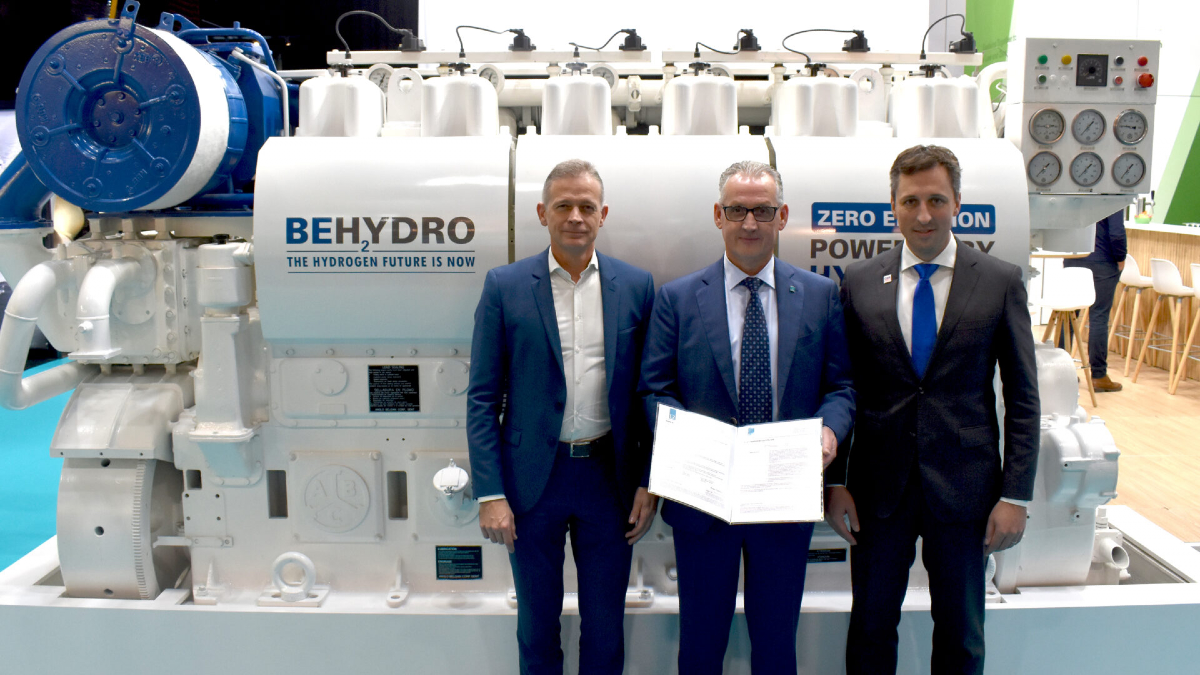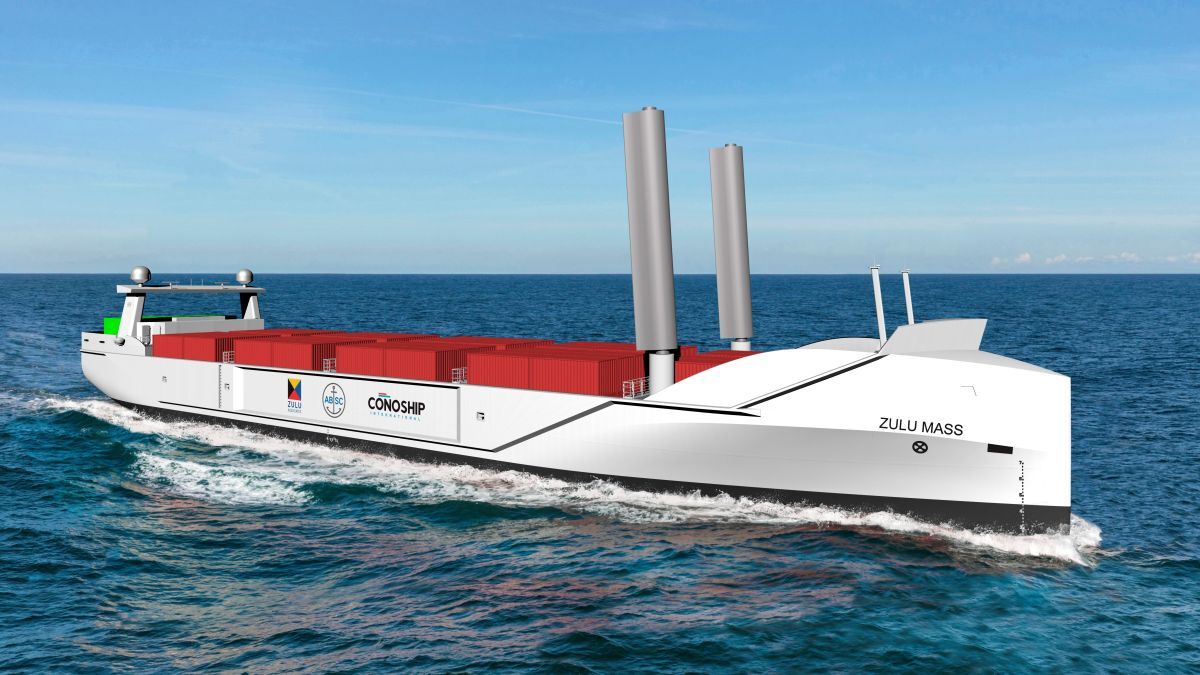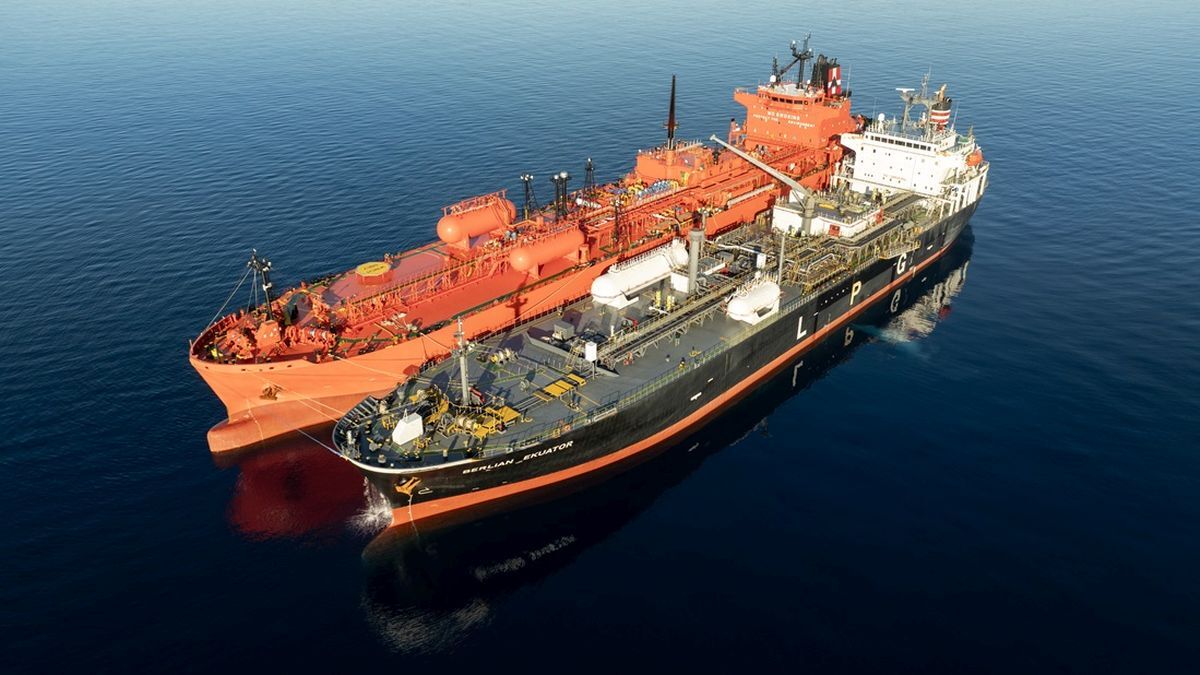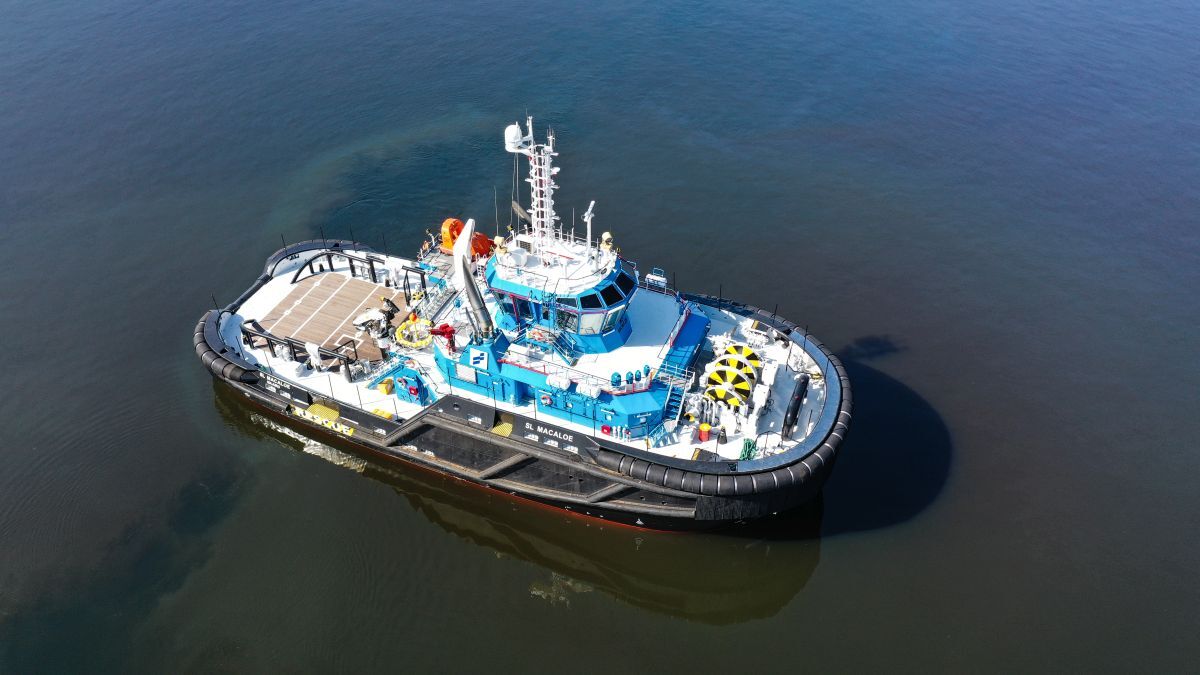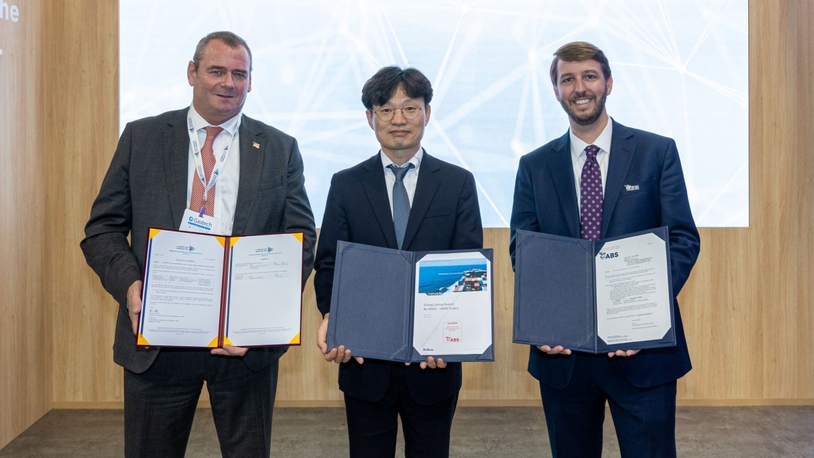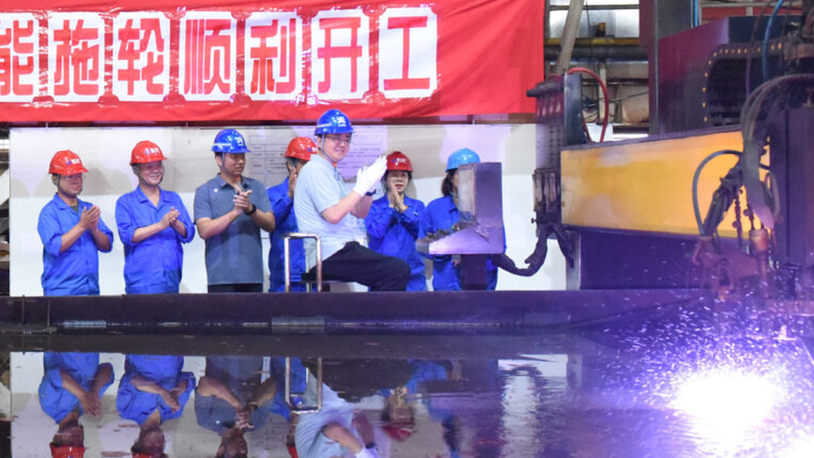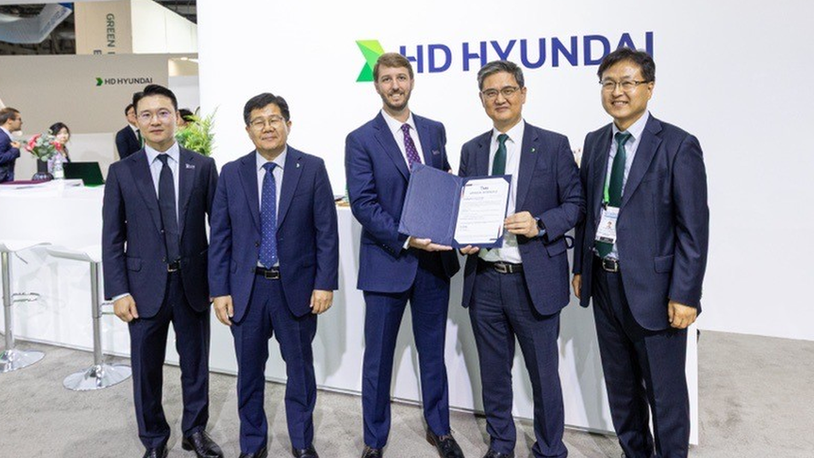Business Sectors
Events
Contents
Register to read more articles.
The top five trends in marine propulsion in 2024
Shipping’s decarbonisation is driving a sea change in marine propulsion, with more than half of newbuildings ordered from shipyards in 2023 capable of operating on an alternative fuel – a trend that should continue to accelerate in 2024
2023 saw its strongest year for newbuilding orders since 2015, with some 1,914 vessels contracted as of week 51, according to BRL Weekly Newbuilding Contracts.
While newbuilding contracts are expected to slacken in 2024, most vessels that are ordered will have dual-fuel propulsion as shipowners clearly see the engine technology as a ‘must have’ as opposed to a ‘nice to have’ to ensure their new tonnage can operate in the near-term on traditional fossil fuels, and sail on low- or zero-carbon fuels long term. Driving these decisions will be the implementation of the inclusion of shipping in the EU and Emissions Trading System (ETS) as of 1 January 2024 and the impending start of the FuelEU Maritime regulation in 2025.
DNV points out that a fuel technology transition is already underway in the maritime industry, with half the ordered tonnage in 2023 capable of using LNG, LPG, or methanol in dual-fuel engines, compared with one third of the tonnage on order in 2022. For ships in operation, 6.5% of tonnage can now operate on alternative fuels, compared with 5.5% 2022.
While the availability, scalability, regulations and pricing of green fuels remains shrouded in mystery, owners that do not future proof their investments will risk stranded assets.
“The ordering is testimony to the efforts to tackle the reduction of carbon emissions and make a notable contribution over the next 2-3 decades in creation of cleaner air globally” commented BRL. “There will probably be a reduction in ordering in 2024 as we may see a greater downturn in global economic positions and greater wars are raising their heads plus spasmodic attacks on shipping in the Red Sea area”.
What’s your flavour?
Going hand-in-hand with this trend will be more ‘flavours’ of two- and four-stroke engine choices from engine designers that burn methanol, ammonia and hydrogen. BeHydro and Wärtsilä introduced new four-stroke, medium-speed dual-fuel engines to much fanfare in 2023.
At Europort 2023 in Rotterdam, BeHydro, a Belgian joint venture between CMB.TECH and ABC, unveiled the Evolve 6EL23 hydrogen dual-fuel marine engine, which gained an approval in principle (AiP) from Lloyd’s Register, while Finnish engine designer Wärtsilä was first to market with a four-stroke ammonia dual-fuel engine, Wärtsilä 25, reeling in a commercial contract with Viridis Bulk Carrier.
Eyeing the global stage at COP28 in Dubai, Australian mining and energy company Fortescue took the opportunity to showcase FFI Green Pioneer (ex MMA Leveque), a platform supply vessel with two engines converted to operate on ammonia. Fortescue, which is betting on green hydrogen and ammonia, purchased the vessel in March 2022 for US$7.75M.
Similar retrofit projects are being undertaken by vessel owners Fugro (methanol combustion engine conversion) and Eidesvik (ammonia fuel cell).
In the US, SWITCH Maritime’s hydrogen fuel cell-powered passenger ferry Sea Change will begin service in San Francisco starting 2024, while Amogy is leading a project to retrofit a 1957-built tugboat with its ammonia-to-power fuel cell technology as a demonstration case, targeted to be on the water in Q3 2024.
Meanwhile, two-stroke engine designers MAN Energy Solutions (MAN ES) and WinGD are both set to introduce ammonia dual-fuel engines in their portfolios over the next two years. WinGD secured an AiP from LR for its two-stroke ammonia dual-fuel engine technology in September 2023, with some of its first WinGD X52DF-A prime movers destined for a pair of ammonia carriers ordered by Exmar LPG.
Already a pioneer in both methanol and LPG two-stroke engines, MAN’s Augsburg team has partnered with Alfa Laval to develop a methanol retrofit solution for four strokes, while similarly Caterpillar has announced its Cat 3500-E can be modified to operate on the fuel, and a Cummins-led consortium is developing a kit to refit its QSK60 engine.
Let’s get digital
Environmental regulation is also driving digitalisation, with more vessel operators enhancing fleet efficiency and reporting using data-driven solutions. Charterers are also looking to gain better visibility and control over their Scope 3 emissions. Enhanced fuel monitoring, vessel optimisation and emissions monitoring systems are supporting shipowners’ efforts for compliance with IMO’s Carbon Intensity Indicator (CII) and Energy Efficiency for Existing Ships Index (EEXI).
The trials of onboard carbon capture
Onboard carbon capture (OCC) is gaining increasing interest in shipping as a potential solution to decarbonising, and several pilot projects will test solutions in 2024. But, as DNV notes, there are no incentives to use OCC as it does not count against any IMO requirements.
IRI and The Marshall Islands Registry senior vice president, maritime administration and regulatory affairs, Nick Makar says OCC was discussed at MEPC 80 in July 2023, but time constraints limited more detailed decisions.
“But going forward, at future intersessional working groups and future sessions of the committee, the idea of onboard carbon capture will be evaluated and looked at primarily for how to account for the benefits of OCC technology into the existing EEDI, EEXI and CII frameworks”.
Wind breezes past future fuels
And, in a Back to the Future moment for shipping, wind-assisted propulsion is gaining momentum, and as International Windship Association secretary, Gavin Allwright likes to point out, has caught on faster than alternative fuels.
Says Mr Allwright, “There are 31 large oceangoing vessels that have wind-assist technology systems installed equalling a transport capacity of approximately 2M dwt of cargo. There are eight wind-ready ships in operation, 22 ships with wind propulsion technology installations pending, and five newbuild ships on order that will have primary wind propulsion technology installed. These ships, in addition to 20+ smaller sail cargo and small cruise vessels using wind, means there are currently more wind-powered ships than the total number of large cargo ships operating on new low- and zero-emissions fuels in the global shipping fleet of 50,000+ vessels”.
Given the challenges around the production, scalability, regulation, safety and pricing of alternative fuels for shipping, this could very well be the case for years to come.
Sign up for Riviera’s series of technical and operational webinars and conferences:
- Register to attend by visiting our events page.
- Watch recordings from all of our webinars in the webinar library.
Related to this Story
Events
Offshore Support Journal Conference, Americas 2025
LNG Shipping & Terminals Conference 2025
Vessel Optimisation Webinar Week
© 2024 Riviera Maritime Media Ltd.


